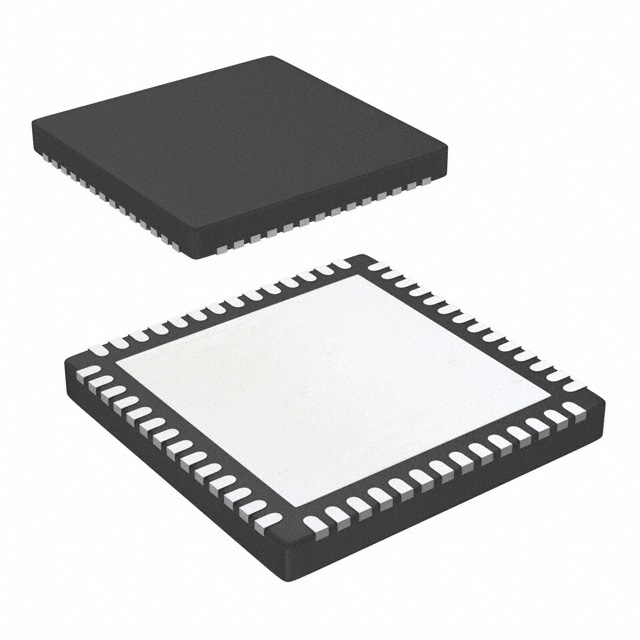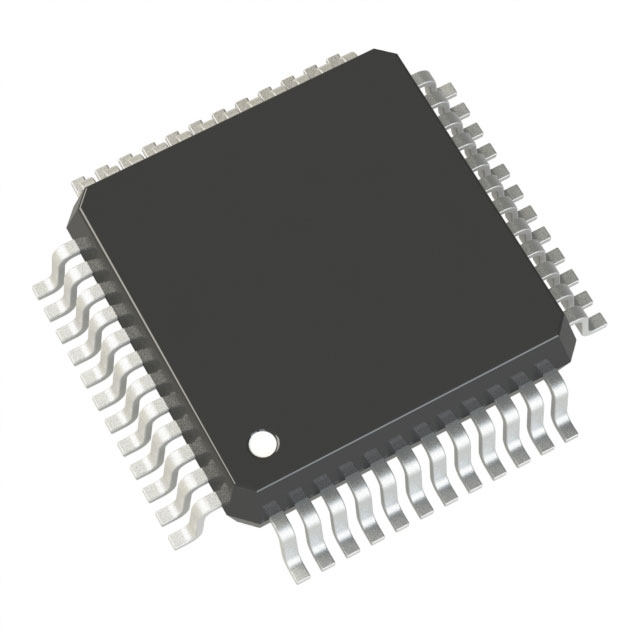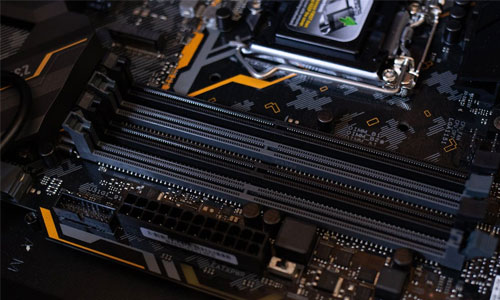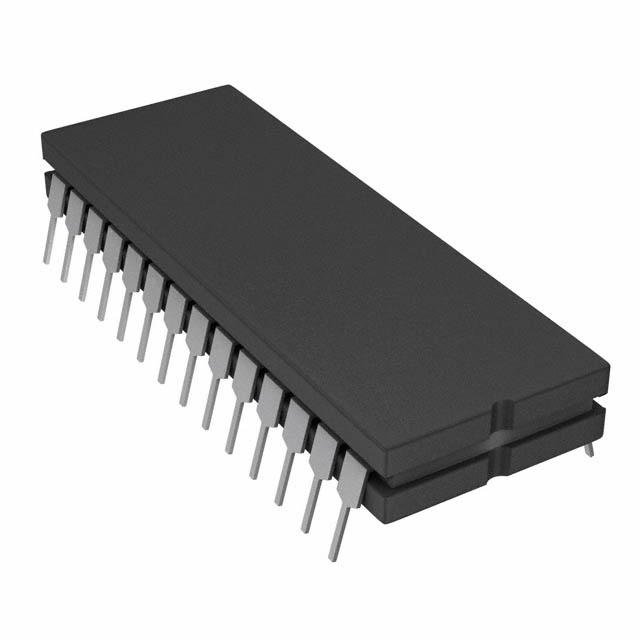
The semiconductors ecosystem undergoes widening challenges in today’s fast-moving landscape. Beginning with scarcities interruptions volatility in globalized supply network to breakneck continually shifting amplified innovation developments, gaining component-level units has grown complicated. To be able to excel achieve tackle those very hurdles, an evolved procurement ecosystem is forming redesigning the market. Those cutting-edge state-of-the-art cutting-edge elevated platforms utilize automated reasoning statistical learning analytics platforms to improve tighten boost the purchasing cycle, covering from component identification recognition identifying to order completion distribution shipment.
- Immediate line-of-sight tracking oversight concerning stock levels inventory items supply availability
- Optimized buying order management purchase management processes
- Data driven insight-driven choice processes prescriptions demand prediction
Employing empowering enabling greater transparency collaboration communication channels throughout the supply chain, such platforms work to help boosting upholding businesses so they can reduce reduce bring down risks, augment amplify efficiency, and reach garner a advantageous forward-looking long-lasting advantage.
Collaborating for Excellence: Forging Strategic Alliances in Electronic Components Procurement
In a high-velocity electronics marketplace, organizational success relies on efficient, reliable component procurement.
Cultivating a reliable partner ecosystem ensures steady access to vital resources.
A strategic partner ecosystem delivers varied advantages including:
- Accelerated purchasing pipelines minimizing delays and costs.
- Connection to broader component catalogs and tech options.
- Tightened quality management through collaborative supplier work.
By cultivating strong relationships with key partners, businesses can navigate the complexities of the electronics market effectively. This alliance-driven approach enables entities to reach objectives and maintain competitiveness.
Embedded Integrated Circuits: Fueling the Next Wave of Devices
Miniaturized ICs spark continuous development across electronic products. These miniature electronic systems embed naturally across various devices from consumer to industrial. Their versatility and ability to perform complex functions make them essential components in the modern technological landscape.
Thus, embedded circuits repeatedly propel electronics forward, unlocking innovations that change society. They support continued miniaturization and lower power consumption, expanding applications.
- Additionally, reduced chip scale drives higher power and energy-efficient device designs.
- As a consequence, electronics’ path forward is rich with clever uses driven by these chips.
Next-Gen Gadgets: The Future of Electronics
The electronics scene keeps evolving as novel innovations appear rapidly. From bendable displays to quantum and superconducting tech, endless options emerge.
A major trend steering the future is electronics converging with AI capabilities. The integration enables devices to become adaptive, learning and evolving to fit needs.
Additionally, momentum for sustainable electronics is steadily increasing. Producers increasingly emphasize recycled components and cutting ecological footprints.
- Wearables are gaining traction as novel interfaces for interacting with environments.
- AR platforms are set to disrupt sectors like gaming and learning.
- Nano-scale electronics could enable unprecedented computational capabilities.

Smart Component Procurement
In modern electronics environs, efficient acquisition of parts is imperative. Smart sourcing strategies go beyond simply finding the lowest price. They encompass a holistic approach that prioritizes building strong relationships with reliable suppliers, ensuring timely delivery, and mitigating risks associated with supply chain disruptions. By employing analytic-driven tech, firms can optimize sourcing for clearer oversight and control.
A practical procurement plan should embrace these vital components:
* **Supplier Screening and Selection:** Carefully evaluating prospective vendors for reputation, fiscal health, QA systems and delivery track record. * **Negotiating Supplier Contracts:** Securing favorable contract terms that balance cost with quality, ensuring transparency in payment terms, lead times, and responsibilities. * **Supply Operations Management:** Adopting resilient frameworks to oversee inventory, model demand variability and mitigate interruptions.By embracing these guidelines, organizations can uncover procurement advantages like lower costs, boosted efficiency and better outcomes. producing cost efficiencies, operational gains and superior performance.
Automation for Procurement Efficiency
In the modern electronics market, efficient component sourcing is vital for organizations targeting higher production and market leadership. Automated procurement simplifies processes, reduces manual steps and provides immediate tracking capabilities. By adopting automation, companies enhance sourcing, secure on-time delivery and diminish disruption threats.
Cross-Border Component Procurement
As technology rapidly evolves, component access becomes indispensable for firms, large and small. Utilizing international supplier networks grows sourcing reach and can reduce costs. International sourcing delivers a range of perks. Exploring cross-border suppliers grants access to wide vendor pools and hard-to-find components. Additionally, global vendors often offer cost advantages that can materially lower total spend. Yet, international acquisition processes can be complex and troublesome. Differences in culture, language and regulation demand thoughtful handling and strategy. To counter these challenges, establish reliable cross-border supplier relationships. Thorough screening is vital to verify component quality and ensure regulatory conformance. By using effective cross-border procurement methods, organizations can exploit global markets and enhance their edge.
Choosing EICs: Key Considerations for Designers
With rapid technological progress, embedded circuits become increasingly crucial for diverse applications. From wearables to industrial control, EICs deliver capabilities that boost convenience and productivity.
Selecting the proper embedded IC for your work can be difficult. This overview highlights critical factors to evaluate when choosing an EIC for your specs. Determining your application’s particular criteria is the first phase in picking the right EIC. Attributes like processing capability, memory, connectivity and power usage significantly influence choice. Furthermore, consider the environmental conditions your EIC will face, such as temperature range, vibration, and humidity. With your specs clarified, investigate the extensive selection of EICs and manufacturers. Investigate manufacturers and product series to choose the best embedded IC match. Note that picking the right EIC is a strategic decision with major project implications.
Silicon Solutions: Navigating the Complex World of Embedded Integrated Circuits
Embedded integrated circuits are the backbone of countless modern devices, from ubiquitous smartphones to sophisticated medical equipment. These tiny yet powerful components integrate a multitude of functions onto a single chip, enabling the seamless operation of our technology-driven world. Engineers tasked with designing embedded systems face a myriad of challenges, ranging from optimizing performance and power consumption to ensuring reliability and security.
IoT Momentum: Components Fueling Connectivity
The Internet of Things changes our world at remarkable speed. Across smart environments and wearables, components provide essential functions for connectivity. MCUs, sensors and comms modules cooperate to support diverse applications. Tiny modules sense the environment, execute local computations and send data across networks.
As implementation of IoT expands, component demand will surge further. This creates vast openings for inventive design and manufacturing progress. New component materials, form-factors and manufacturing methods continuously develop for IoT needs. The future of the IoT is bright, with endless possibilities for enhancing SPM0408LE5H-TB-6 our lives.
Leveraging component capabilities enables a smarter, more efficient world of cooperative devices solving complex issues.
Sustainable Sourcing for Electronics: Practical Measures
In today’s accelerating tech era, electronics demand steadily rises. However, increased production carries notable environmental burdens. Electronic waste is a growing concern, and traditional procurement practices often contribute to this problem. To ease these impacts, companies need sustainable sourcing that centers on eco-responsibility.
- Prioritize manufacturers who are committed to ethical and sustainable manufacturing processes. Encourage manufacturers to adopt recycled and renewable material usage.
- Select items built for durability and serviceability to limit e-waste.
- Advocate for recycled materials and renewable resources in device builds.

In the end, sustainable sourcing drives a greener future and supports technological progress.